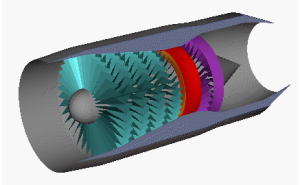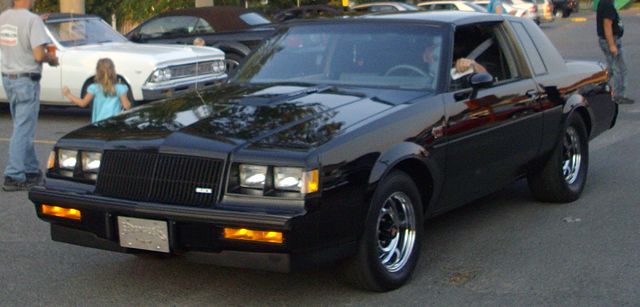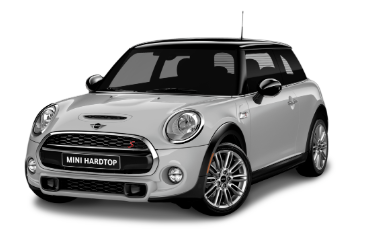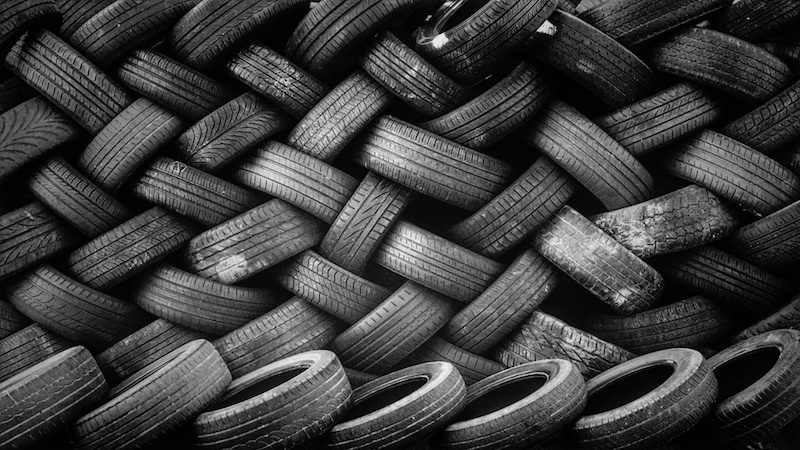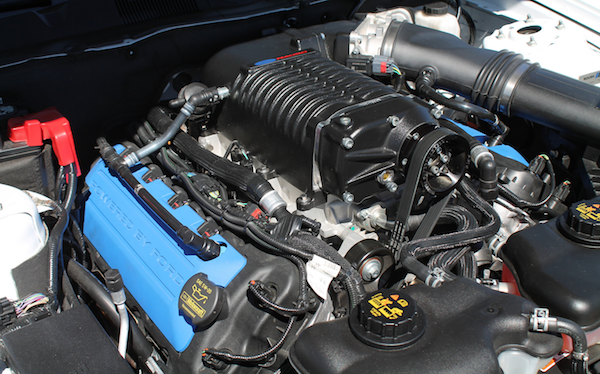You know what turbo lag is, right? If you do, that probably seems like the most obvious question in the world. But the way things are going these days, we're going to have whole generations of kids who don't even know what "turbo lag" means. That's because there's a new wave of turbocharged engines in town, and they're so well-behaved that you can't even tell they're turbo engines half the time.
Let's take a minute and talk about how turbocharged engines used to be. I'm a muscle car guy, so I'll pick one of the all-time greats: the turbocharged and intercooled 3.8-liter V6 in the 1987 Buick Grand National. The all-black Grand National would roast its rear rubber like there was no tomorrow, and believe it or not, it could almost run with the Corvettes of its day. But when you floored that old gas pedal, you didn't get the full turbo wallop right away. No sir, you had to wait while the big turbo spooled up. So imagine, you're sitting there with your foot on the floor, waiting for it, waiting for it--BAM! Now you've got it. That's turbo lag, folks. And for a lot of years, we all believed that turbo engines were inevitably going to be stuck with it.
But then things started to change.
It's hard to pinpoint exactly when, but I know it had to do with rising gas prices and tightening emissions regulations over the past decade or so. Automakers realized that they couldn't keep making big V8 engines for knuckleheads like me; the new regulations and economic realities just wouldn't allow for it. So they had to figure out how to get the same power out of smaller, more fuel-efficient engines, and that's exactly what turbocharging can do. At the same time, they also knew that the average driver wasn't going to put up with turbo lag. That meant some serious modifications would be required.
I was skeptical at first, but I'll tell you the turbo engine that really won me over: it's the 1.6-liter four-cylinder engine in the Mini Cooper S. The mighty Mini uses a newfangled technology called twin-scroll turbocharging, and without getting too far into the details, that basically means you've got a multifunction turbocharger that does different things at different RPM. Whereas the Grand National's one-trick turbocharger needed at least 3,000 RPM before it went nuts, the Mini's twin-scroll setup is already working to deliver usable power as soon as you start rolling. Result? No perceptible turbo lag, great acceleration, and on top of all that, the Cooper S once gave me 37 mpg on an extended road trip. That's the magic combination everyone was aiming for, and if you look around right now, it seems like everyone's offering similar benefits with a Turbo this or Turbo that.
For example, Hyundai and Kia have a fantastic 2.0-liter four-cylinder engine with a twin-scroll turbo; I got to drive an Optima Turbo sedan recently, and my goodness, the car makes 274 horsepower and gives you 34 mpg on the highway! BMW's got a similar 2.0-liter four-cylinder engine with a twin-scroll setup, and they also sell a twin-scroll 3.0-liter six-cylinder engine that cranks out 300 lag-free horses. Other automakers are achieving similar effects with two individual turbos: a small one for low-RPM performance and a big one for high-RPM punch. Check out the Audi S6 super sedan, for instance, which uses a twin-turbo V8 engine that generates 420 horsepower and an unbelievable 27 mpg on the highway. You catch my drift, I hope.
Turbos used to mean an epic lag time followed by an equally epic lurch forward, but with this new breed of twin-scroll and just plain twin turbos, you're seeing little to no lag along with unprecedented fuel economy. Hey, I miss the '60s as much as the next muscle car guy, but when there are improvements across the board like with these new turbos, I gotta give credit where credit's due. That's real progress.
Before I go, let me ask my esteemed readers about this. You guys must have some experience with modern turbocharged engines, right? Are you impressed, or do you miss that old turbo lag sensation? I know some people who think it added character, so they're kind of broken up that it's gone. And how about reliability? Turbo engines have always generated a lot more heat, and there's a lot of new technology in there now as well. Do you trust it, or would you rather stick with tried-and-true naturally aspirated motors? Let's have the conversation; I want to hear what you all have to say.
Editor's note: Leave it to our resident Gearhead to stir the pot. While you're pondering new school vs. old school, hit up Advance Auto Parts for great deals on auto parts, tools, accessories and more. Turbojet graphic courtesy of NASA.
